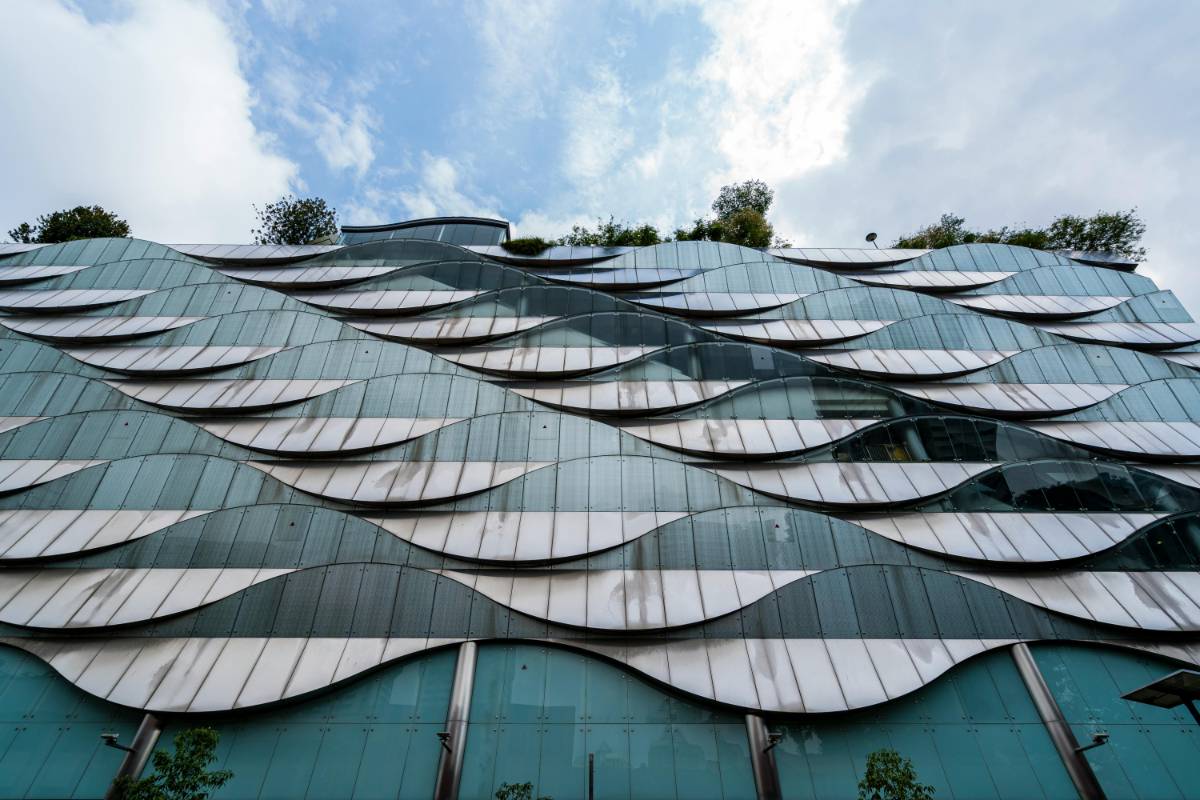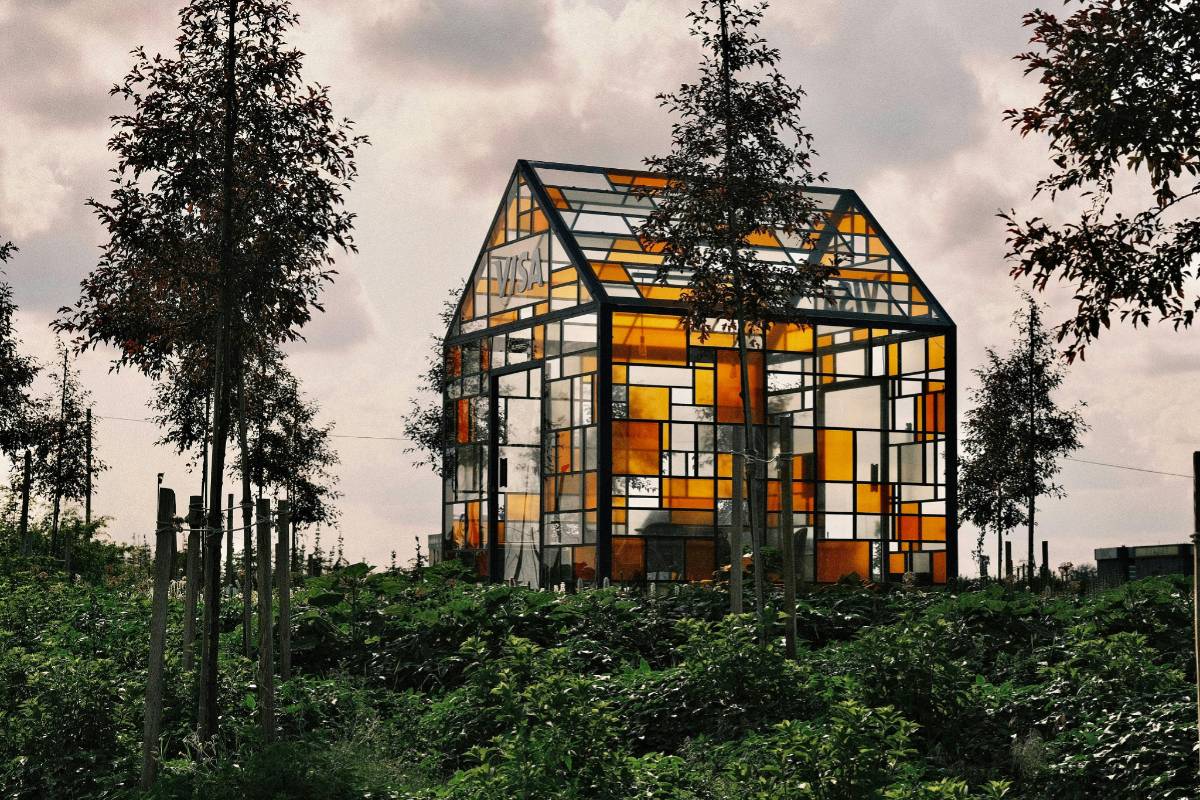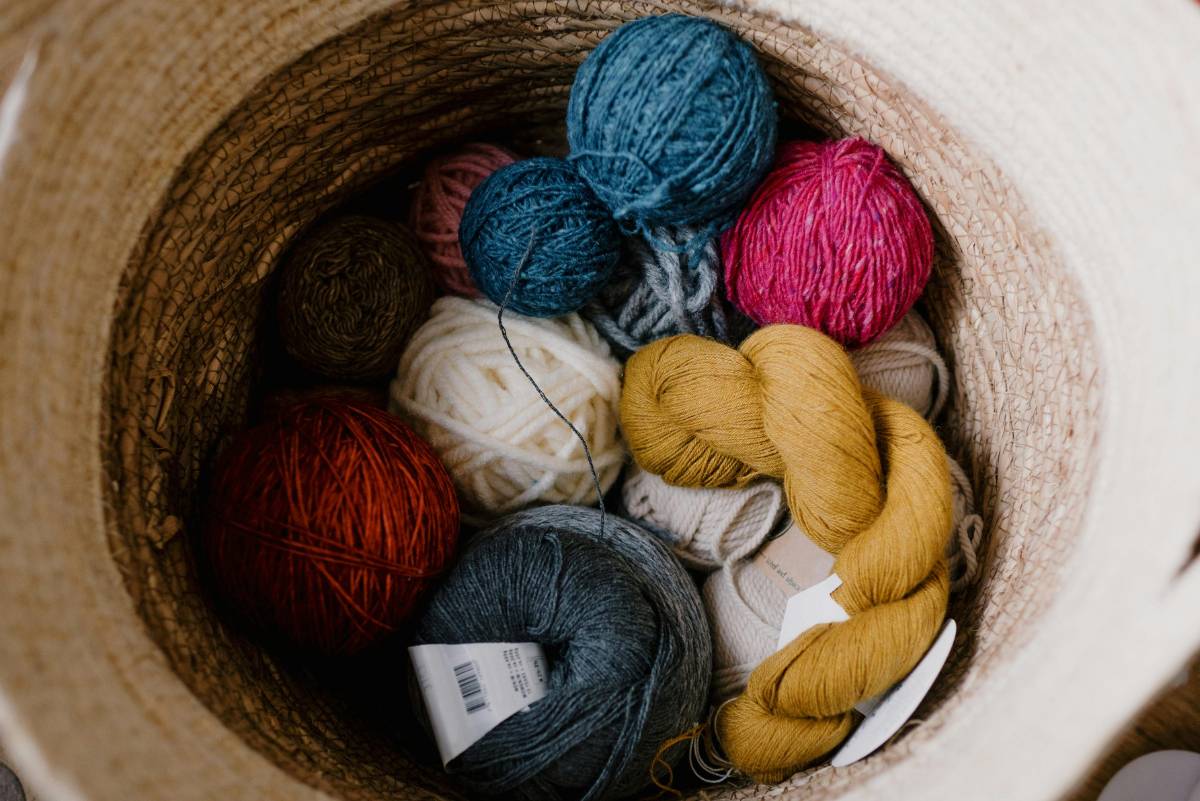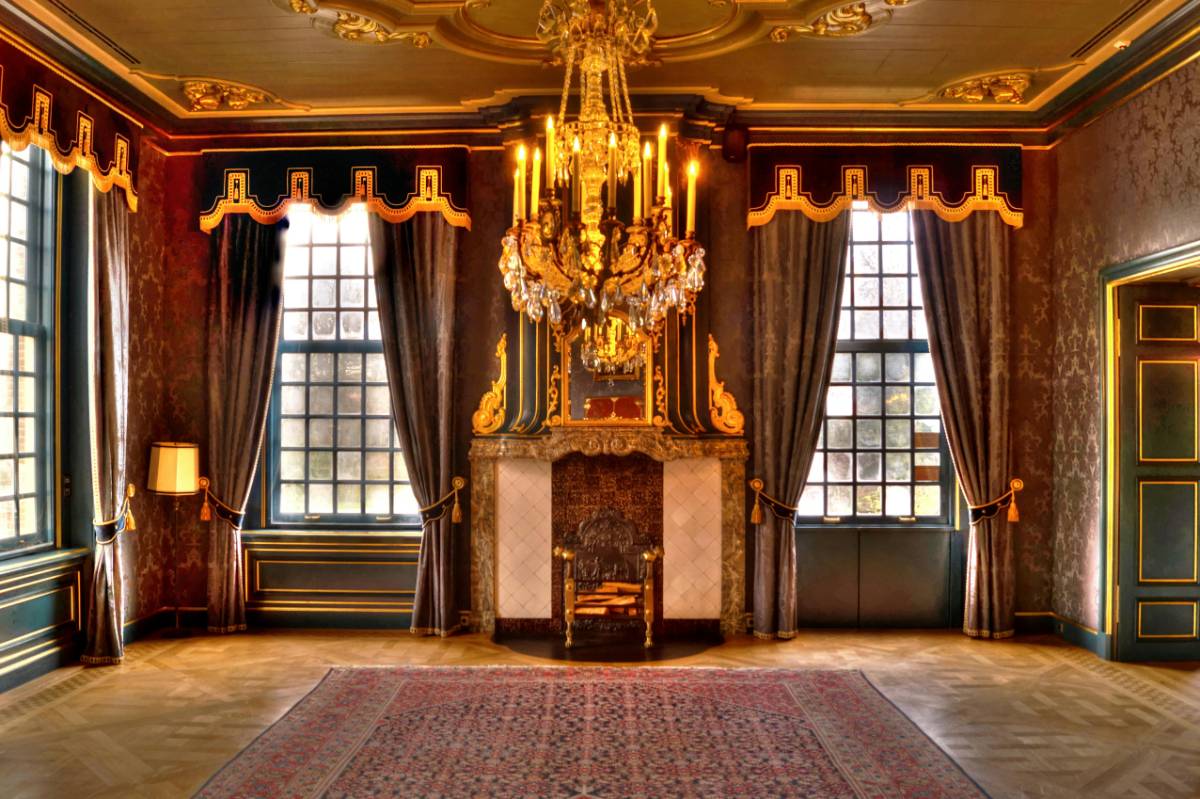
Innovative Sustainable Design Trends for a Greener Future
The future of design lies at the intersection of innovation and sustainability. As the world grapples with environmental challenges, the design industry is stepping up with groundbreaking trends that prioritize eco-conscious living without compromising on aesthetics or functionality. From green architecture to sustainable materials, these innovative approaches are shaping a greener future for generations to come.
Eco-Friendly Materials
Sustainable design begins with the choice of materials. Designers are increasingly turning to eco-friendly options like reclaimed wood, recycled metal, and bamboo. These materials reduce the demand for virgin resources and minimize environmental impact.
A particularly exciting trend is the use of bioplastics, which are derived from renewable sources like cornstarch and sugarcane. These materials are biodegradable and provide an eco-friendly alternative to traditional plastics. Additionally, advances in technology have enabled the creation of stronger and more versatile recycled materials, ensuring that sustainability does not compromise durability or style.
Green Architecture and Passive Design
Architects are embracing green design principles that work with the environment rather than against it. Passive design techniques, such as strategic placement of windows for natural ventilation and insulation, reduce the need for artificial heating and cooling systems.
Green roofs and living walls are becoming increasingly popular in urban environments. These features not only improve air quality but also provide insulation and reduce energy consumption. Moreover, they add a touch of nature to urban settings, promoting mental well-being for residents and visitors alike.
Net-Zero Energy Homes
One of the most revolutionary trends in sustainable design is the rise of net-zero energy homes. These homes are designed to produce as much energy as they consume, effectively reducing their carbon footprint to zero.
Solar panels, energy-efficient appliances, and smart home technology work together to achieve this goal. Net-zero homes are not just a trend; they are a glimpse into the future of residential living, demonstrating how sustainability and innovation can coexist to create comfortable and eco-friendly spaces.
Circular Design Philosophy
The concept of circular design is gaining momentum in the sustainable design community. Unlike traditional linear models, where products are created, used, and discarded, circular design emphasizes reuse, repair, and recycling.
Designers are creating products with modular components that can be easily repaired or upgraded, extending their lifespan. This approach not only reduces waste but also encourages a more mindful consumption pattern, shifting the focus from ownership to stewardship of resources.

Smart and Energy-Efficient Technologies
Technology is a key driver of innovation in sustainable design. Smart home systems that optimize energy use, such as automated lighting and climate control, are becoming increasingly mainstream.
Energy-efficient appliances and fixtures, such as LED lighting and low-flow water systems, are now standard in sustainable designs. These technologies not only reduce energy and water consumption but also lower utility costs, proving that sustainability can be both environmentally and economically beneficial.
Sustainable Urban Planning
On a larger scale, sustainable design trends are influencing urban planning. Mixed-use developments that combine residential, commercial, and recreational spaces reduce the need for long commutes, lowering greenhouse gas emissions.
Public transportation-oriented developments and bike-friendly infrastructure are also gaining traction, promoting a shift away from car dependency. Urban planners are prioritizing green spaces and parks, enhancing the quality of life for city residents while supporting biodiversity.
The Rise of Prefabricated and Modular Homes
Prefabricated and modular homes are revolutionizing the housing industry with their sustainable advantages. These homes are built off-site, minimizing construction waste and reducing the environmental impact of traditional building methods.
Many prefab homes are designed with sustainability in mind, featuring energy-efficient materials and systems. Their streamlined construction process also makes them more affordable and accessible, aligning with the goal of creating sustainable living solutions for all.
Biophilic Design
Biophilic design is a trend that integrates natural elements into living spaces to foster a connection with nature. This approach goes beyond aesthetics, incorporating features like indoor gardens, natural light, and water elements to create environments that promote well-being and reduce stress.
By prioritizing natural materials and organic shapes, biophilic design blurs the boundaries between indoor and outdoor spaces. It’s a holistic approach to sustainability that acknowledges the importance of nature in our lives while promoting environmental consciousness.
Sustainable Luxury
Sustainability and luxury are no longer mutually exclusive. High-end designs are now incorporating eco-friendly elements, such as responsibly sourced materials and energy-efficient technologies, into their projects.
From eco-conscious resorts to sustainable fashion lines, the luxury market is proving that environmental responsibility can enhance, rather than detract from, the opulence and exclusivity of premium products and experiences. This trend is reshaping perceptions, demonstrating that sustainability can be aspirational and desirable.
Conclusion
The future of design is undeniably green. These innovative sustainable design trends are not just responding to the environmental challenges of today but also paving the way for a more harmonious and balanced relationship between humanity and nature. By embracing these trends, we can create a future where design is not just beautiful and functional but also responsible and sustainable.



